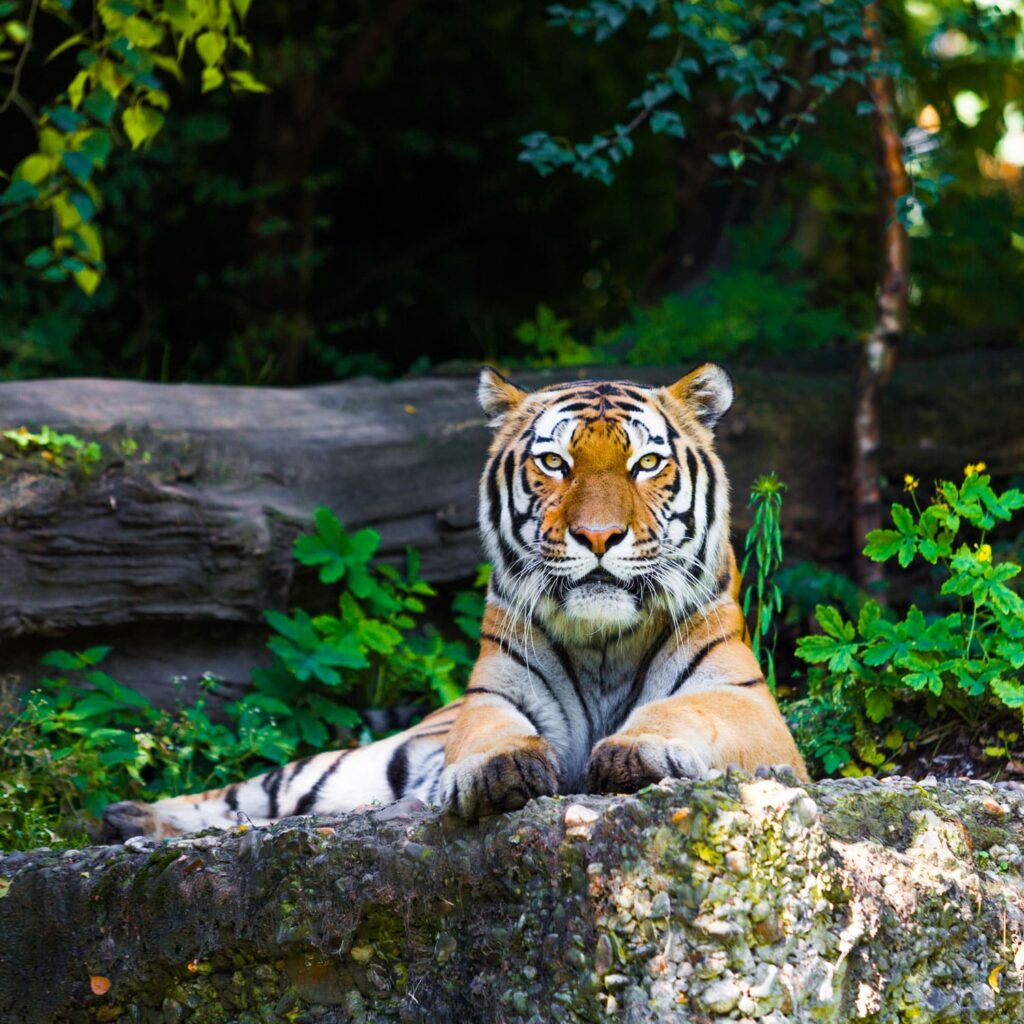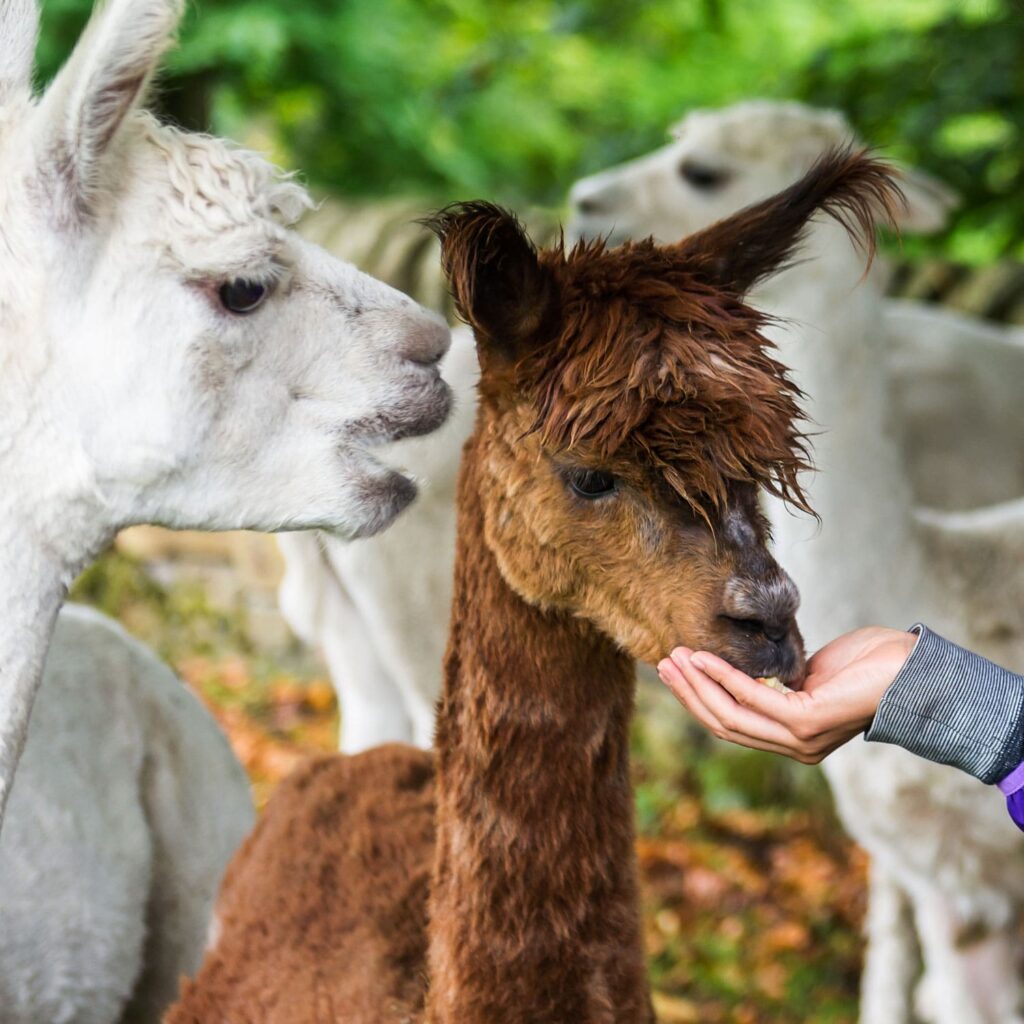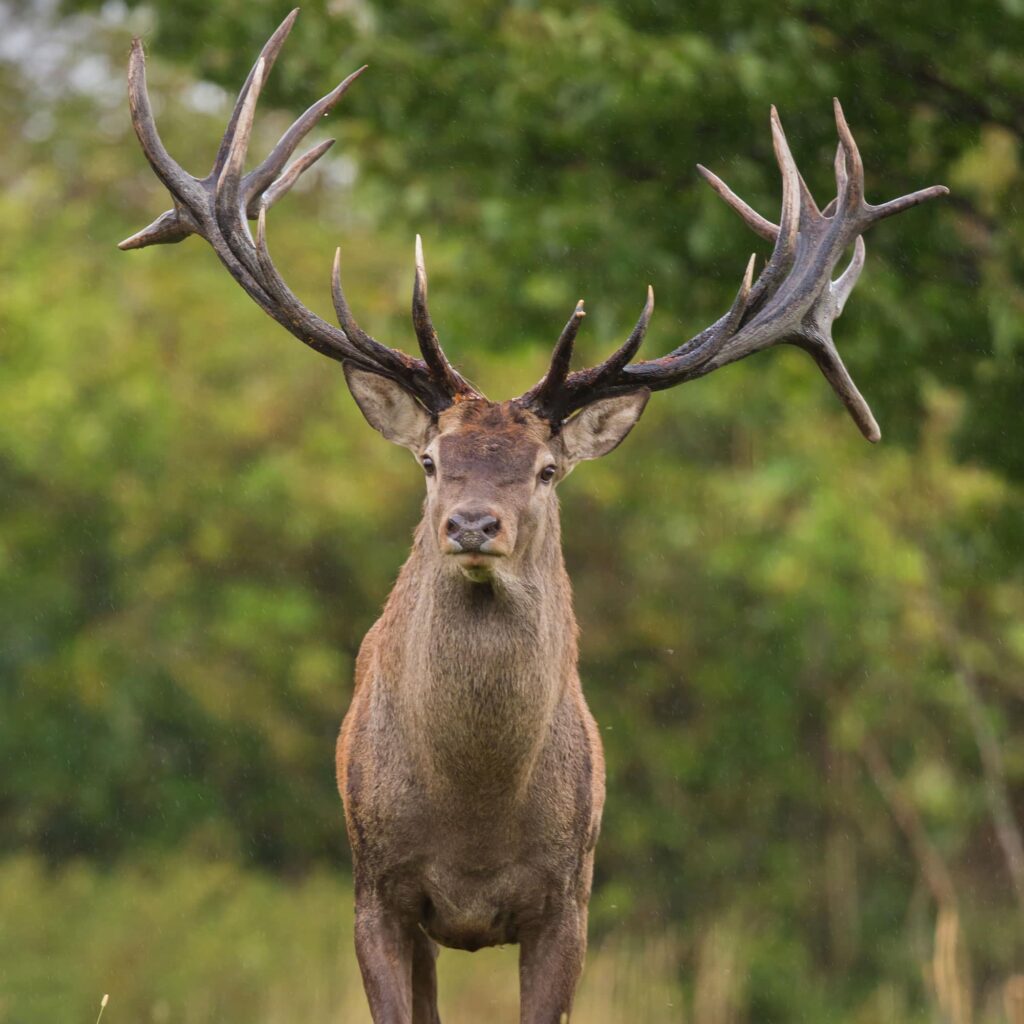The Role of Zoos in Modern Conservation: A Balancing Act
Zoos have evolved significantly from their original purpose of entertainment to becoming key players in global conservation efforts.
Home > History
The butterfly pavilion is a tranquil, colorful space where visitors can observe a variety of butterfly species fluttering around. The pavilion provides information about the life cycle of butterflies, their role as pollinators, and the importance of protecting habitats like meadows and forests to ensure the survival of these delicate insects.

Zoos have evolved significantly from their original purpose of entertainment to becoming key players in global conservation efforts.

When the sun goes down, an entirely different world of animals comes to life.

Modern zoos are dedicated to providing their animals with habitats that resemble their natural environments as closely as possible.

Animal enrichment is a crucial aspect of modern zoo management, designed to keep animals mentally and physically stimulated.

Climate change is affecting animals in both the wild and in zoos, creating new challenges for conservationists and zookeepers alike.

Aquariums play a crucial role in marine life conservation, offering a unique opportunity to study and protect ocean species while educating.

The gorilla enclosure is one of the zoo’s most dynamic exhibits, featuring a group of gorillas living in a naturalistic forest habitat.



